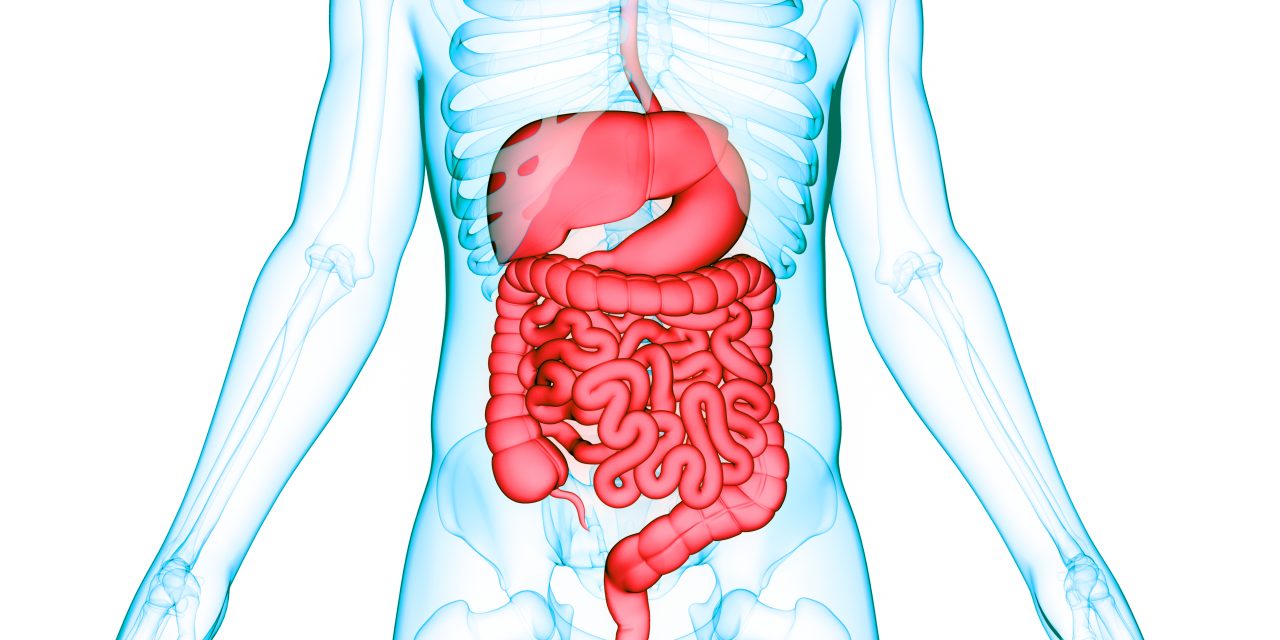For this study, researchers wanted to check the use of pH-impedance (pH-MII) monitoring to assess acid and nonacid gastroesophageal reflux in newborns and school-aged children with esophageal atresia (EA). All 24-hour pH-MII studies done in babies (≤18 months) and 8-year-olds with EA between 2012 and 2017 were included. Antiacid treatment was stopped prior to the trial. Automatically identified retrograde bolus movements (RBM) were carefully examined and, if required, modified/deleted.
There were 57 children (51% boys; 2% isolated EA; 44% thoracoscopic EA repair) in all, including 24 babies (median age 0.6 years) and 33 school-aged youngsters (median age 8.2 years). About 1292 RBM were manually eliminated from the tracings out of the 3313 RBM, which was automatically detected: 52% of nonacid RBM and 8% of acid RBM. The median reflux index (RI; pH <4) in babies was 2.6% (abnormal in n = 2), the median RBM was 61 (62% nonacid, 58% mixed), and the median BCT was 11 seconds. The median RI was 0.3% (abnormal in n = 4), the median RBM was 21 (64% nonacid; 75% mixed), and the median BCT was 13 seconds in older children.
The majority of children with EA who were not on medication had a normal RI but had a high proportion of nonacid RBM. A substantial proportion of RBM was removed after a manual review of the tracings. The findings indicate that automated impedance analysis software needed improvement for use in babies and children with EA, and they call into question the need for routine antiacid medication in these patients.
Reference:journals.lww.com/jpgn/Fulltext/2019/11000/Evaluation_of_Gastroesophageal_Reflux_in_Children.2.aspx


